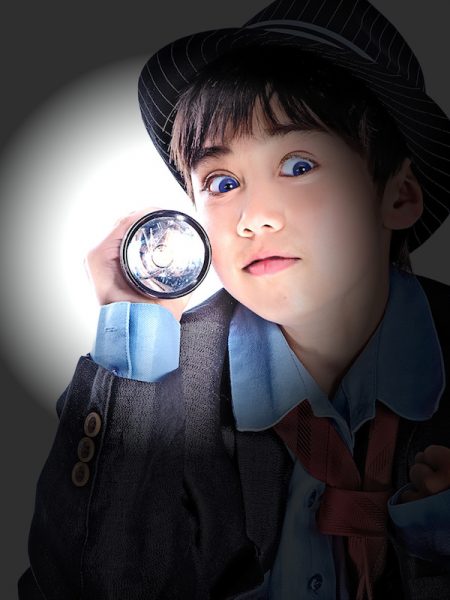I spy game – A classic guessing game for kids
The I spy game is a timeless favorite among guessing games for kids. Perfect for a rainy afternoon, a classroom activity, or a long road trip, this no-prep game only requires your imagination and a sharp eye. Children take turns giving clues about an object they see, while others try to guess what it is. It’s simple, fun, and surprisingly educational.
Game overview and setup
This classic observation game can be played just about anywhere—making it ideal for quick play moments when you need a quiet, engaging activity.
- Number of players: 4 or more
- Recommended age: From 5 years old
- Materials needed: None
- Setting: Indoors, outdoors, in the car, or anywhere
- Game duration: Around 10 minutes per round (adaptable)
Looking for a fun and interactive way to break the ice at your next gathering? Discover the Medusa interactive and icebreaker game, a thrilling activity that combines quick reflexes and laughter, perfect for engaging groups of all ages.
How to play the I spy game
1. Choose the “spy”:
One player is selected as “It” or “the spy” and silently picks an object visible to everyone.
2. Start with a clue:
The spy begins the game with the classic phrase:
“I spy with my little eye something that is… [color/shape/letter/etc.].”
3. Guess the object:
The other players take turns guessing. If no one gets it right, the spy gives a new clue. Clues can describe the object’s color, size, shape, texture, or location.
4. Keep the game going:
Once the object is guessed, the player who found it becomes the new spy for the next round.
Looking to add intrigue and laughter to your next game night? Dive into the world of espionage with the Spyfall game, where players must deduce who among them is the spy before time runs out.
Variations to keep things interesting
To suit different ages or learning goals, here are some ways to adapt the I spy game:
- Alphabet version: The spy gives the first letter of the object instead of a visual clue.
- Category version: The spy starts by saying, “I spy something that is a toy / food / animal…”
- Letter search: Players can ask, “Does it have the letter R?” to gather hints about the word.
- Road trip edition: Great for car rides—use what you see out the window to spy objects.
- Timed guessing: Set a 1-minute timer to increase excitement and keep rounds short.
These variations help make the game flexible for all types of environments and age groups.
Looking to enhance vocabulary and quick thinking in a fun, engaging way? Explore the Word Chain Game, a dynamic activity where players link words by their ending and starting letters.
Educational benefits of the I spy game
The I spy game offers more than entertainment—it helps children develop valuable skills in a playful setting:
- Visual discrimination: Strengthens attention to detail and observation skills
- Vocabulary building: Teaches descriptive language and new words
- Memory and focus: Encourages players to retain and process clues
- Social interaction: Promotes turn-taking, listening, and communication
- Logical thinking: Helps kids make connections between clues and objects
- Adaptability: Works for mixed-age groups, including preschoolers and early readers
FAQ – I spy game for kids
- How can I adapt the I spy game for children with language delays or speech difficulties?
Instead of open-ended clues, offer multiple-choice hints or use picture cards to help the child express themselves. You can also reverse the roles and let the adult be the guesser while the child points to the object. - What should I do if one child keeps guessing and dominates the game?
Set a clear turn-taking rule (e.g., one guess per player per clue) to make the game fairer and keep everyone involved. - Can I turn I spy into a classroom learning activity?
Yes! Use it to reinforce specific vocabulary (colors, shapes, letters), or play in a second language to support language acquisition in bilingual classrooms. - How do I manage the game in large groups?
Split the group into smaller teams. One team gives clues while the others guess. This encourages cooperation and avoids chaos in larger settings. - What if my child loses interest quickly?
Add a challenge element (like a score chart or countdown timer), introduce fun categories (“I spy something magical”), or rotate the “spy” more frequently to maintain engagement.
Looking for more screen-free games that encourage thinking and creativity? Explore our full collection of printable games for kids, including escape rooms, detective mysteries, and treasure hunts. Designed for kids aged 4–12, they’re the perfect way to turn any gathering into a memorable adventure.






